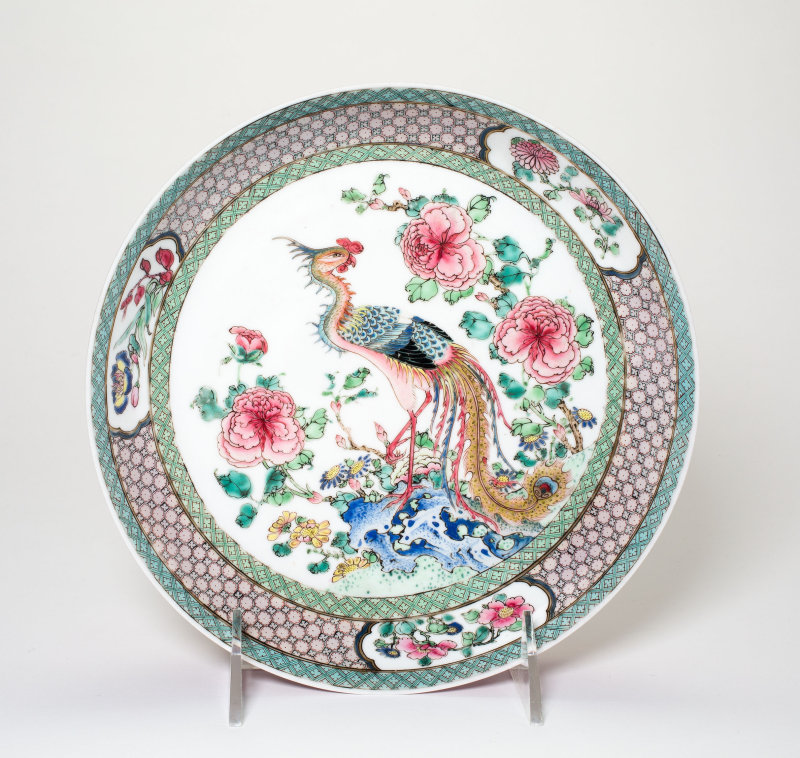Collecting Information for Appraisal Reports
Popular Tags

Tuesday, September 19, 2017 in Member Insights
“A picture is worth a thousand words” is a saying that we are all familiar with. It isn’t clear to cliché historians whether this phrase was coined in 1911 by newspaper editor Tess Flanders, earlier from a paraphrased comment by Napoleon Bonaparte or even earlier by Confucius. But, the statement rings true no matter who said it first.
In the Core Course, you are instructed to take clear photos and write descriptions that are thorough enough to enable the reader, who may not be familiar with art or antiques, to pick the item out in the room. Different objects require different levels of detail in their descriptions. For example, there is no need to write three sentences to describe assorted used pots and pans, nor is there a need to photograph each separately. However, you will likely need to take multiple photos of a piece of art. Make sure you are qualified to appraise the types of items you are tasked with valuing. If you are, you should be able to determine the detail needed to adequately describe the objects.
When you are on-site collecting information for your appraisal report, make sure you take the time to take the right number of good quality photos. Luckily, digital photography has made it affordable to take enough photos to insure you have gathered the information needed. I generally take 4 corner shots of each room, then methodically work my way around with group shots of less valuable items and singular shots of more important pieces. Practice working with your camera so you can adjust for different light levels, different finishes and small details such as silver marks. Learn to take photos of items under glass or with shiny surfaces. Carry solid dark and light cloths that can be used as a background for close photos. If you need more help with photographing objects, online tutorials can be a great resource and should be available for almost every type of camera.
No matter how much experience you have in the field you appraise in, there will be times when you aren’t sure about a piece. If you think you may be seeking help from someone else, you should take lots of photos from different angles and capture details such as marks, signatures or other characteristics that can be used for dating and identification. Be aware of what those characteristics are for each type of property you are inspecting. Did you know the number of toes on a dragon can be important? Did you know that some flaws show up in a photo taken with a flash that you might not be able to see in lower light? Your photos can give hints to an expert that you might not even have the words to express. ISA's Fine Arts and Antiques, Furnishings and Decorative Arts specialty courses include photography and description writing tips for that purpose.

Ceramic pieces may include markings that will help you or another expert identify the piece.
Since condition is important to determining value, make sure you know how to properly photograph and explain condition issues or terms for types of damage. You might say that a finish is bleached from light exposure, silver is scratched from improper cleaning or that a print has suffered from exposure to moisture. Take clear photographs of the damage showing the extent of the damage and the overall condition of the piece. A scratch on a piece of art glass may not affect value if there are also large chips in the rim.
Speaking of words, in addition to informational photos, remember that you must use terms that make sense to your reader to describe the object. If your client is a knowledgeable collector, then pull out the ten-dollar words that you both know. If your client is an attorney who may know the law but not technical fine or decorative art terminology then use words they can relate to. Or, if it is necessary to use technical terms, include precise definitions in a glossary in the report addendum. Avoid using flowery, subjective language in appraisal writing. You shouldn’t describe something as beautiful, tasteless, tacky or glorious (yes, I’ve truly read those in appraisals before). Be careful using terms such as rare or one-of-a-kind unless you are sure that the industry considers that to be true. For information on important terminology in modern design, see our recent blog post by Valerie Hale, ISA CAPP.
Here is a new saying for you: “A picture is worth a thousand words, but a thousand words can’t replace a good photograph.”
- Libby Holloway, ISA CAPP
